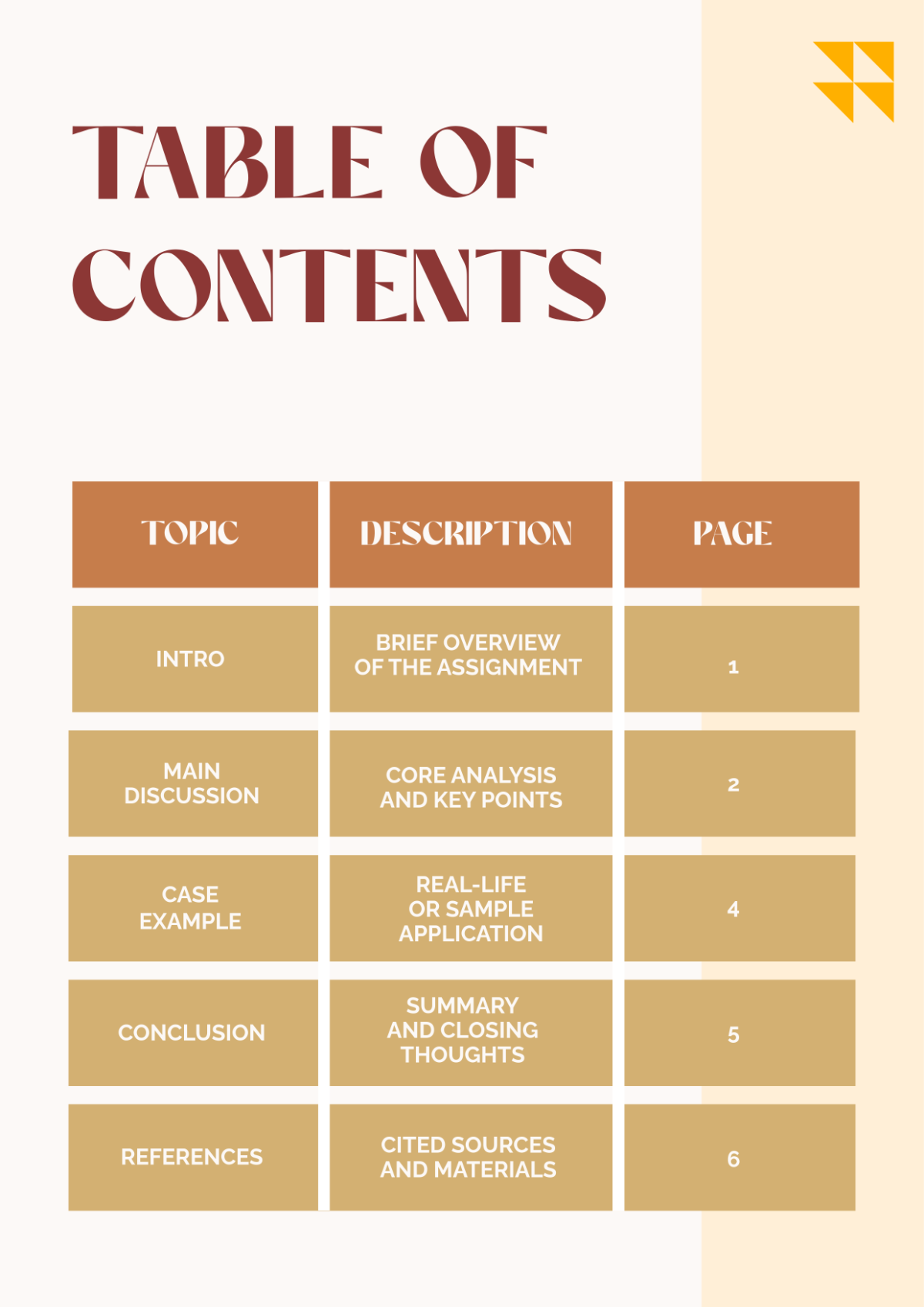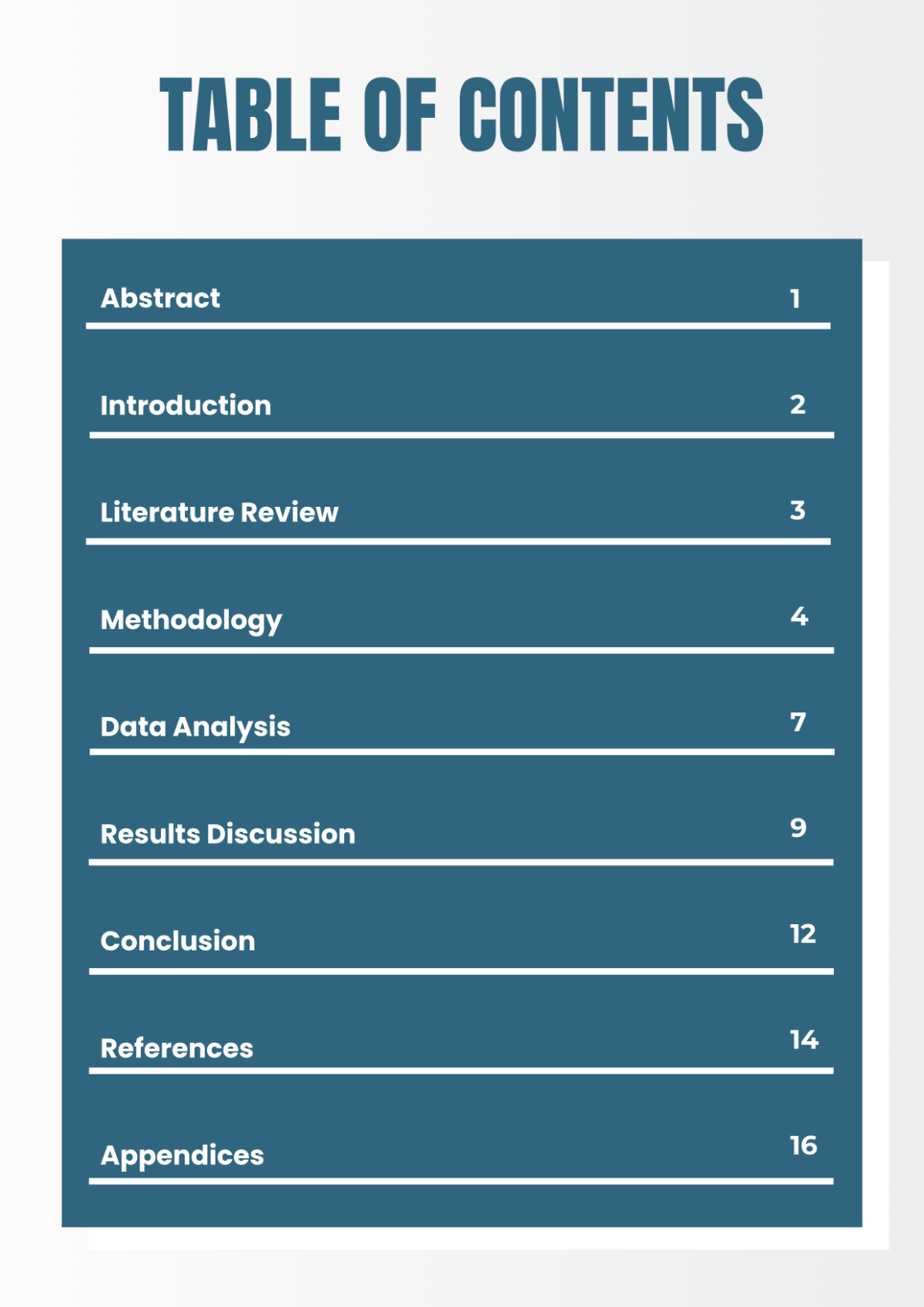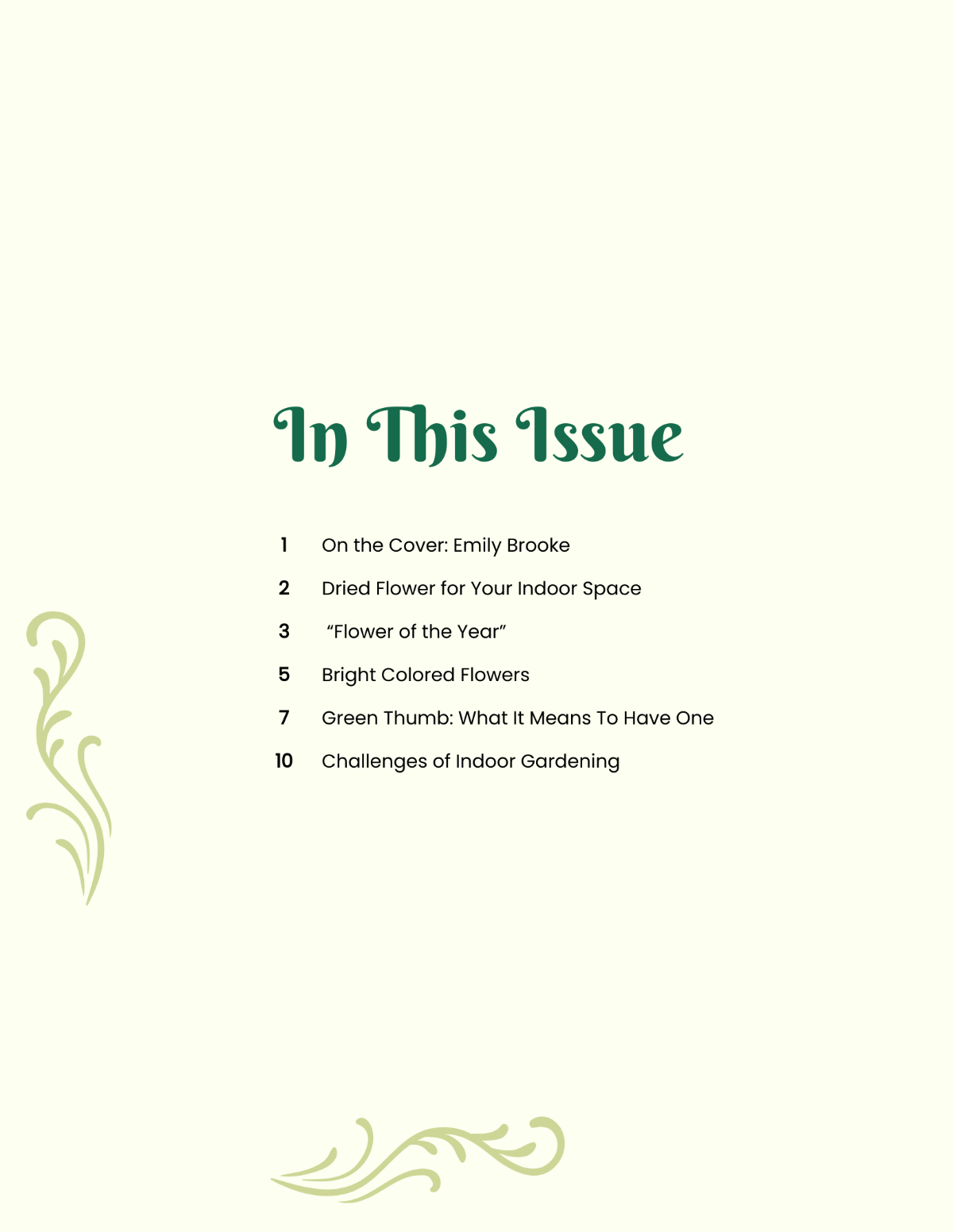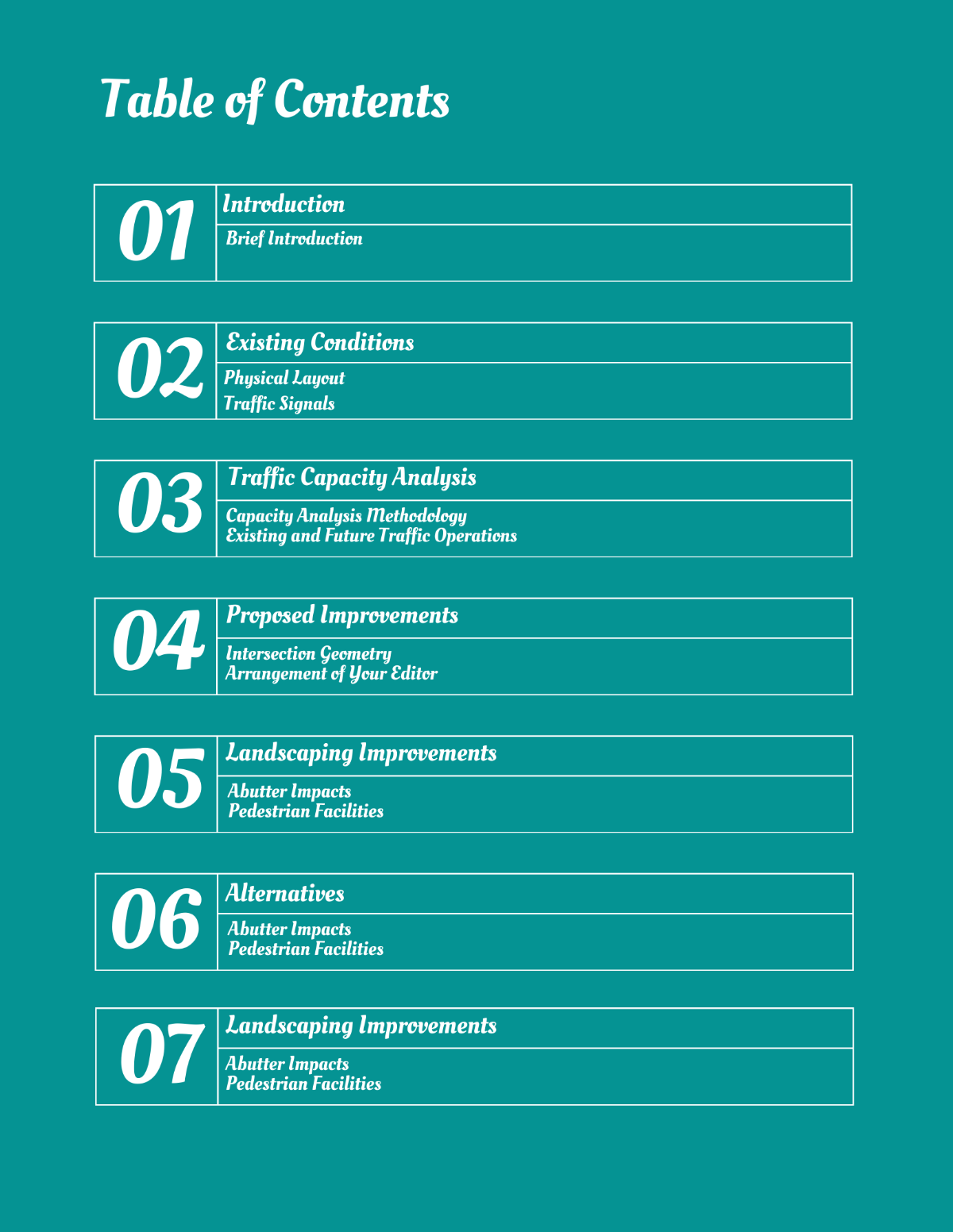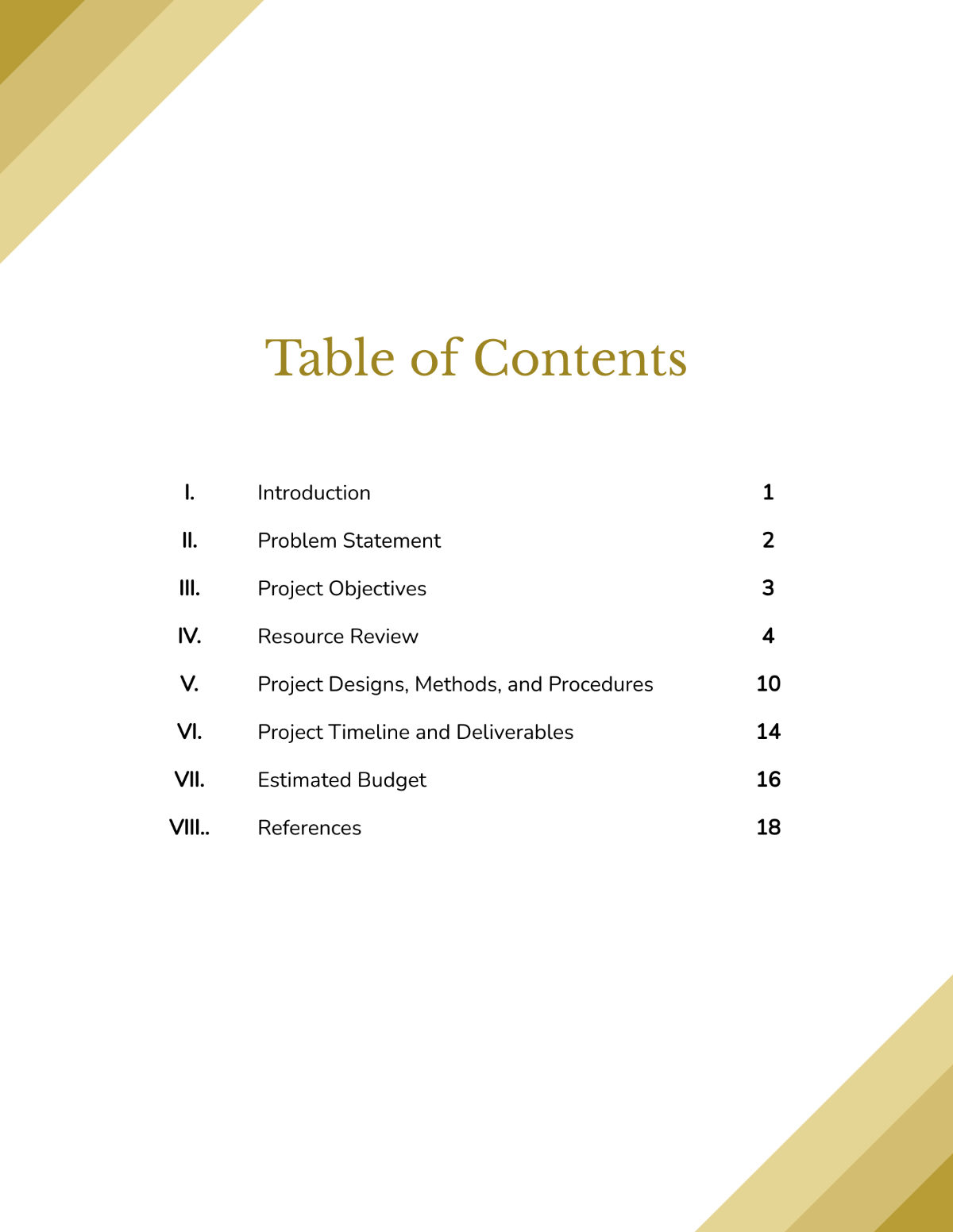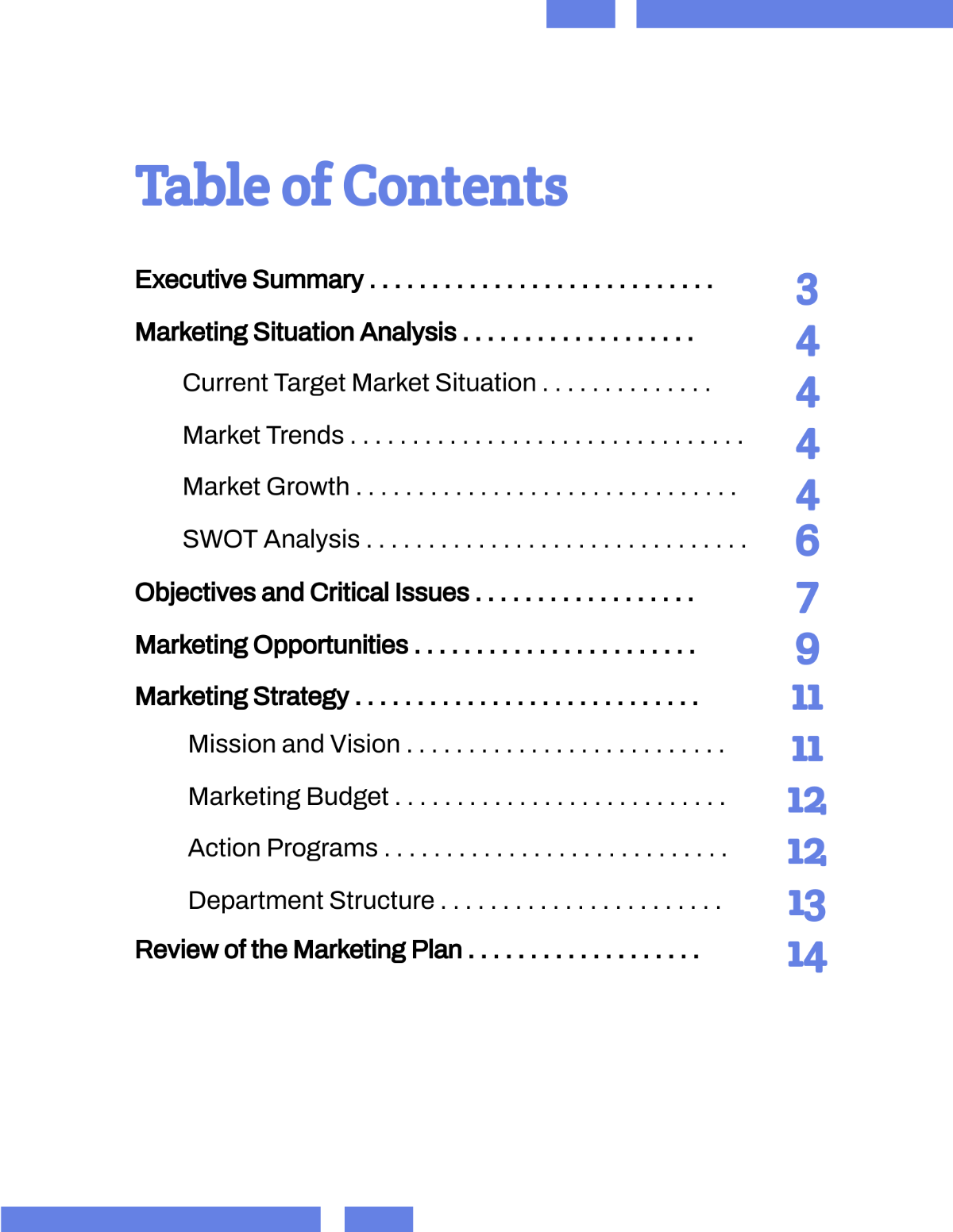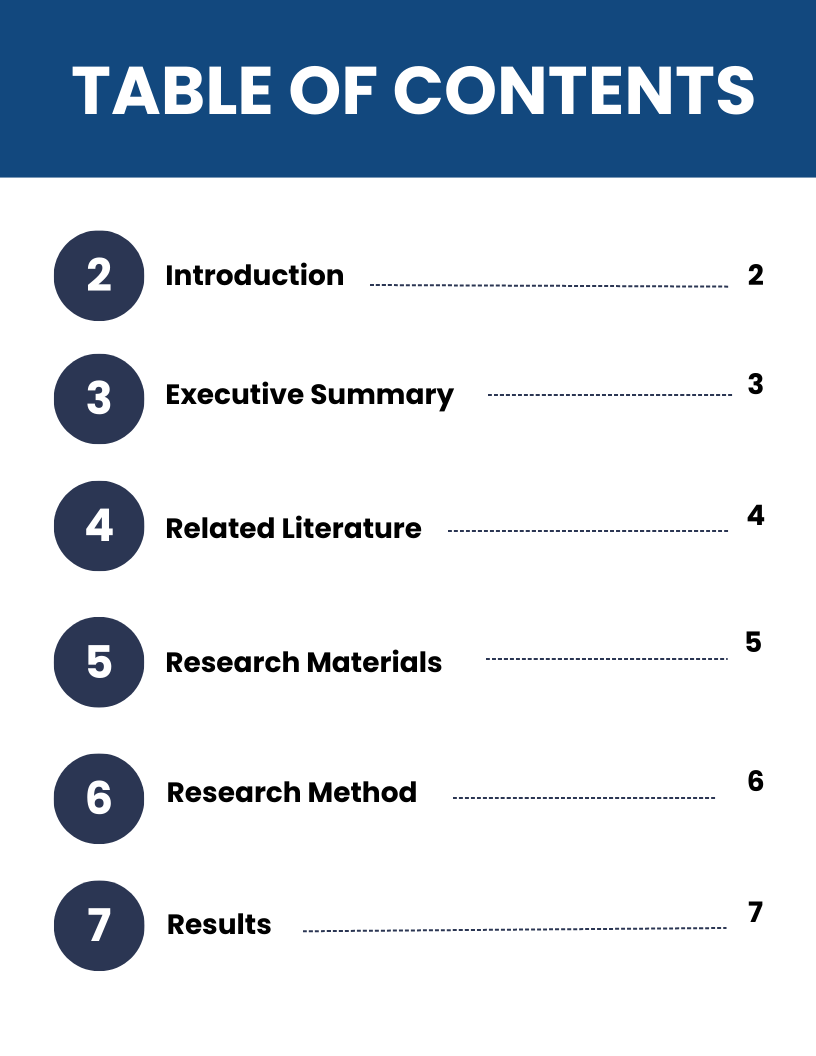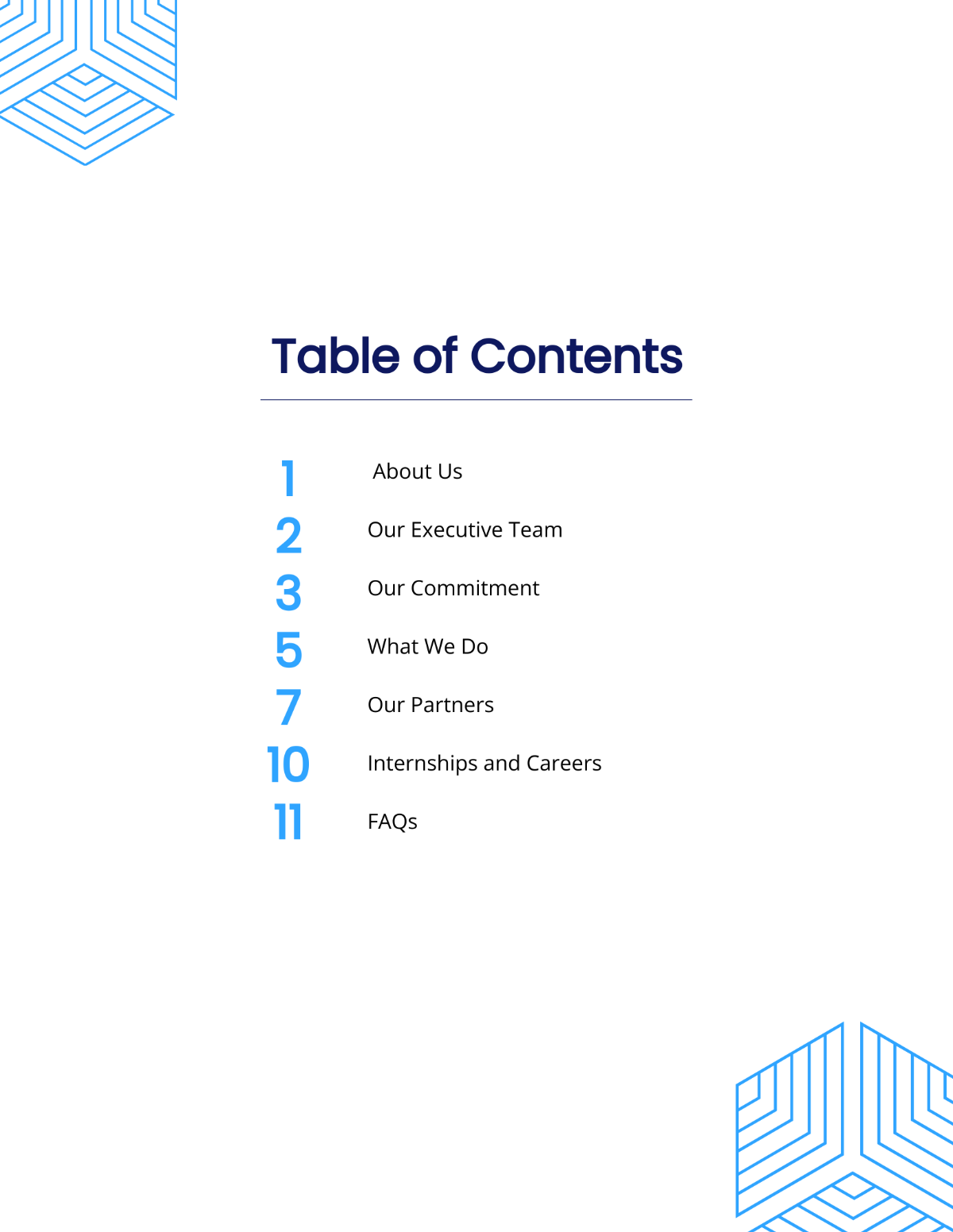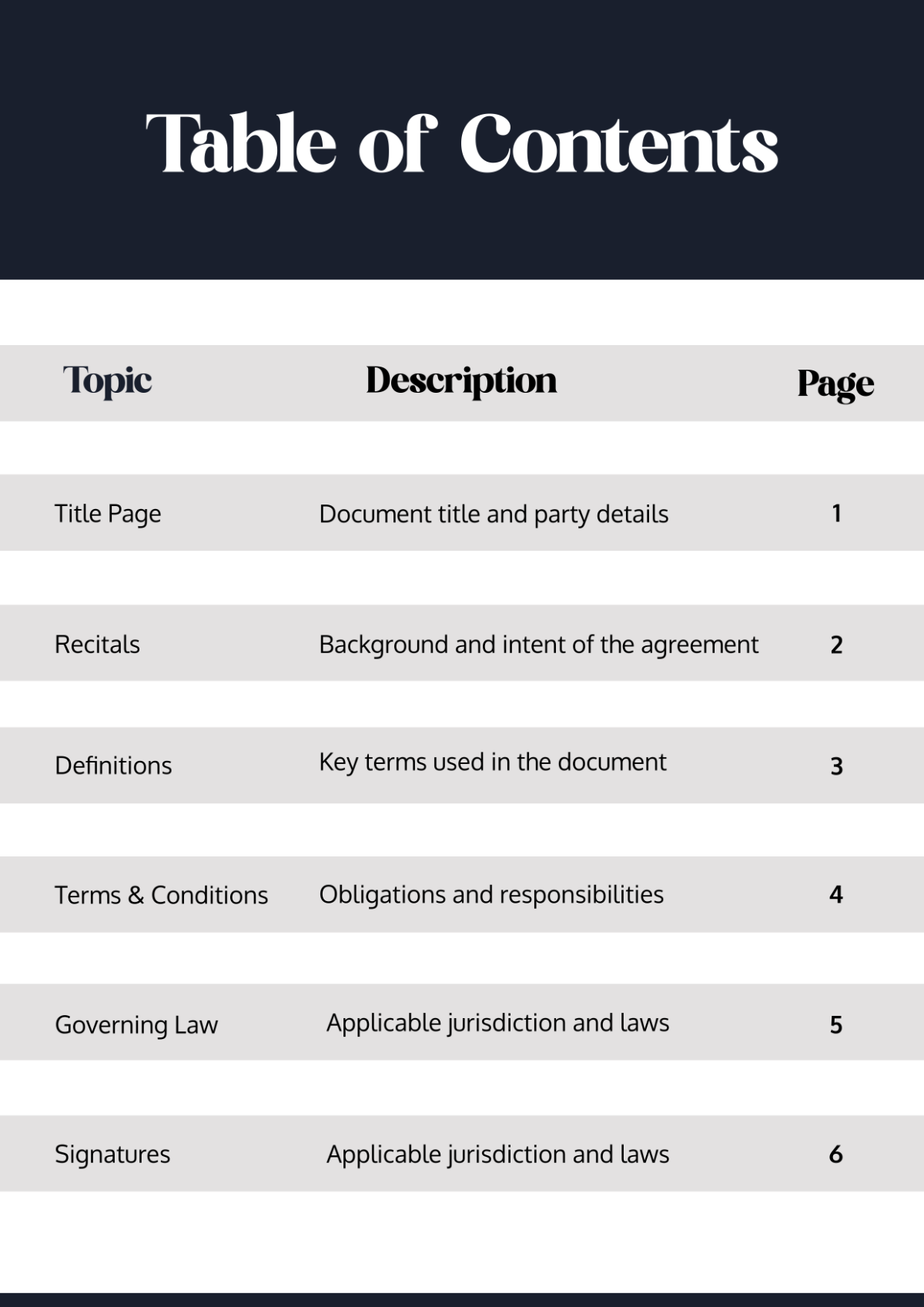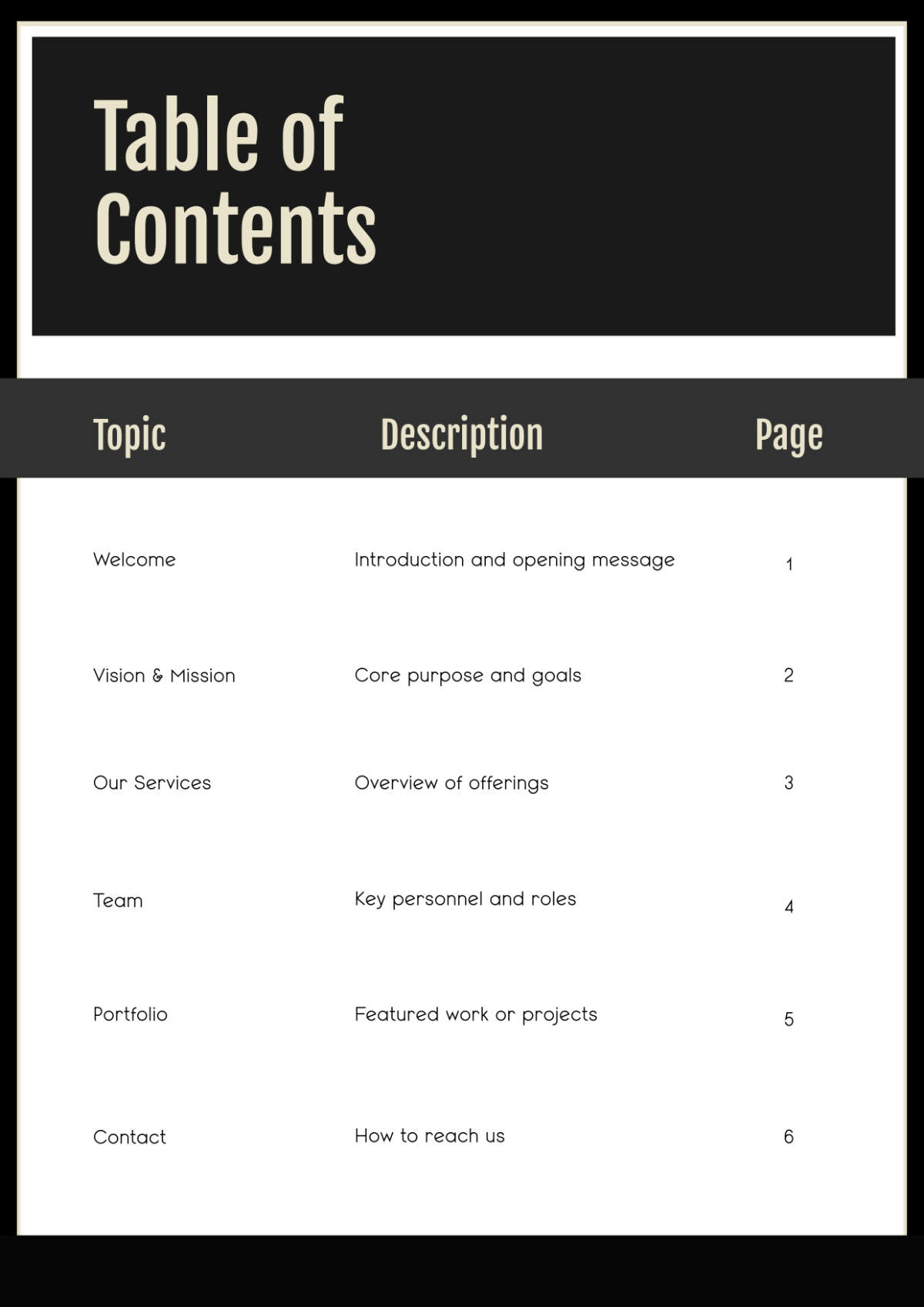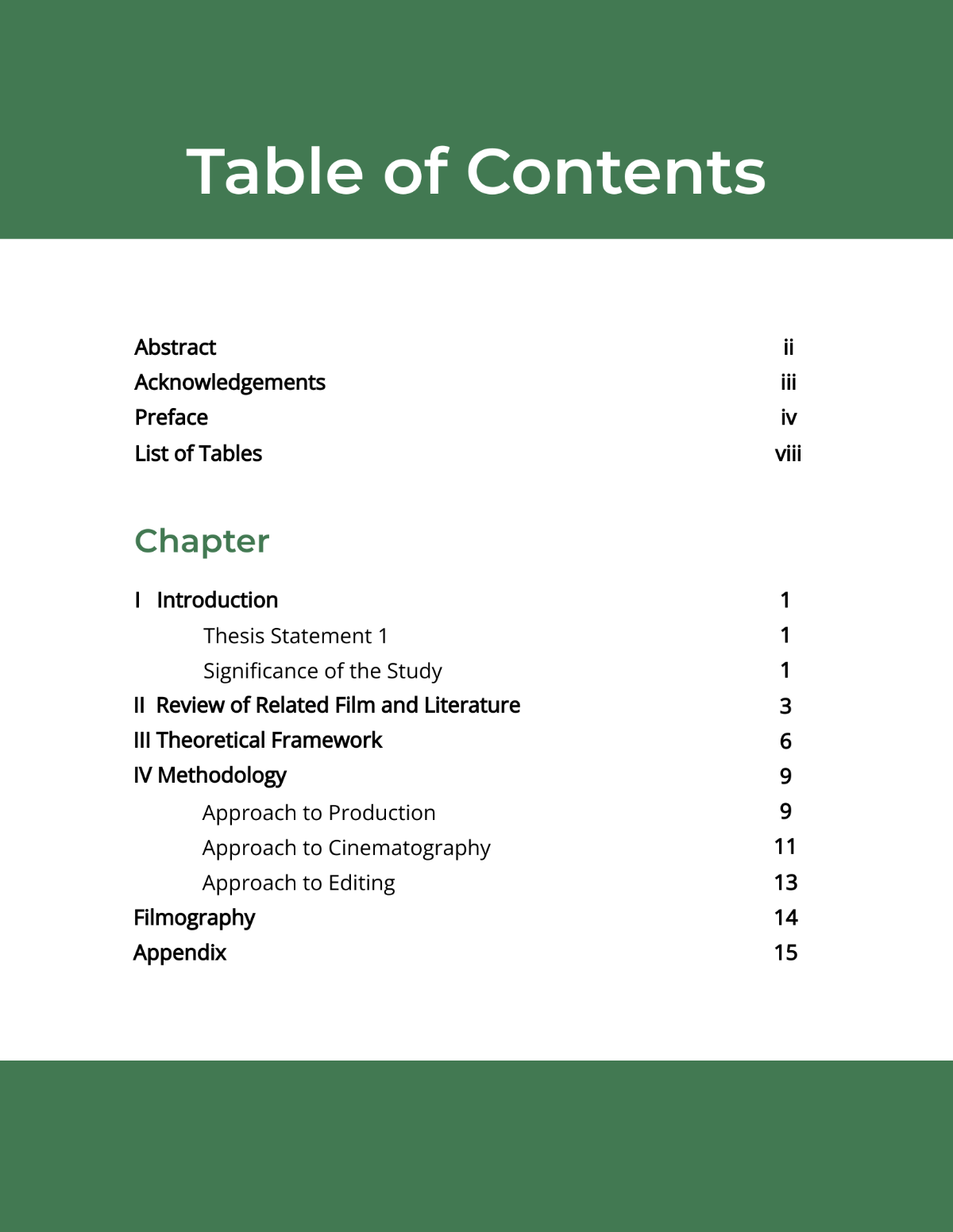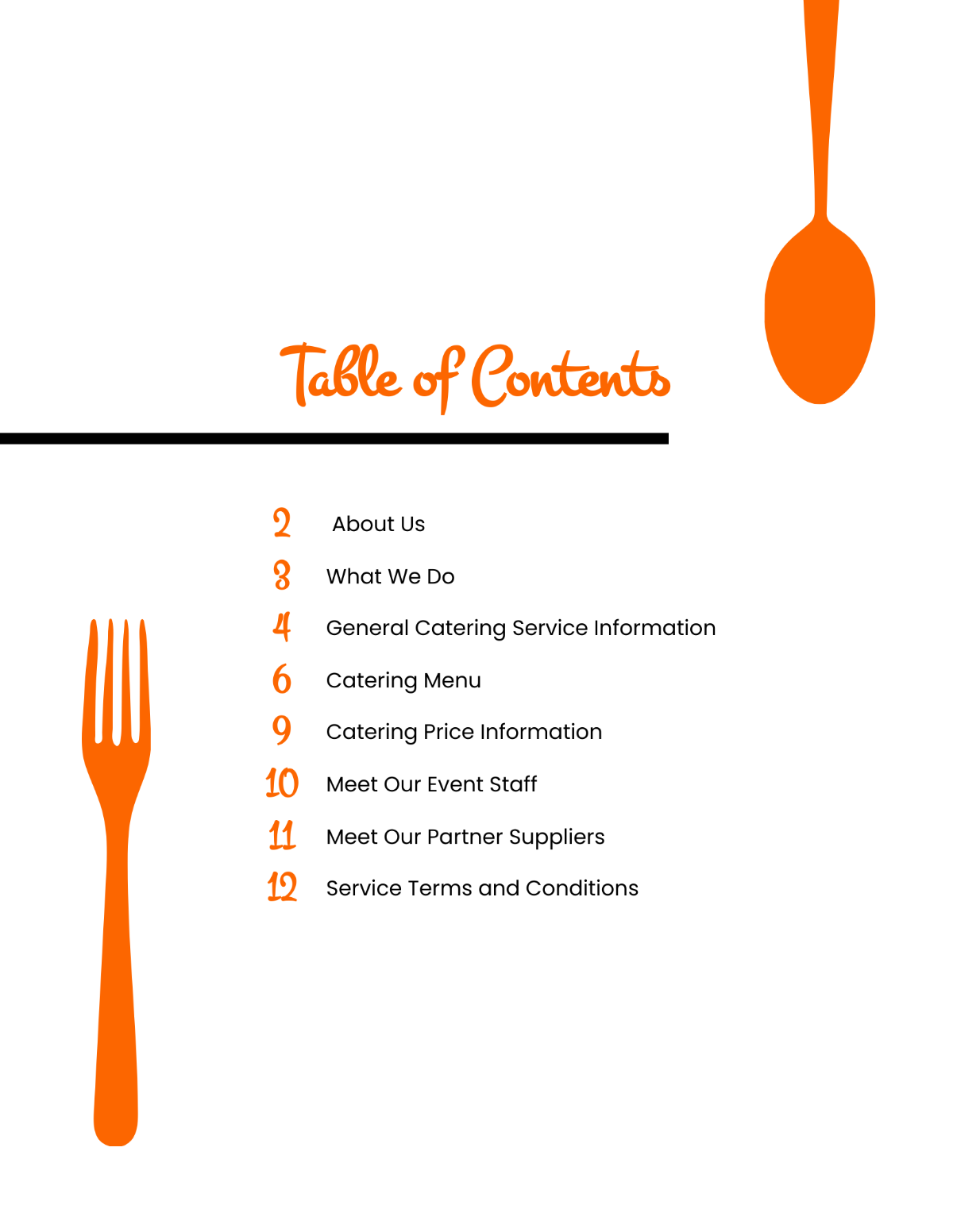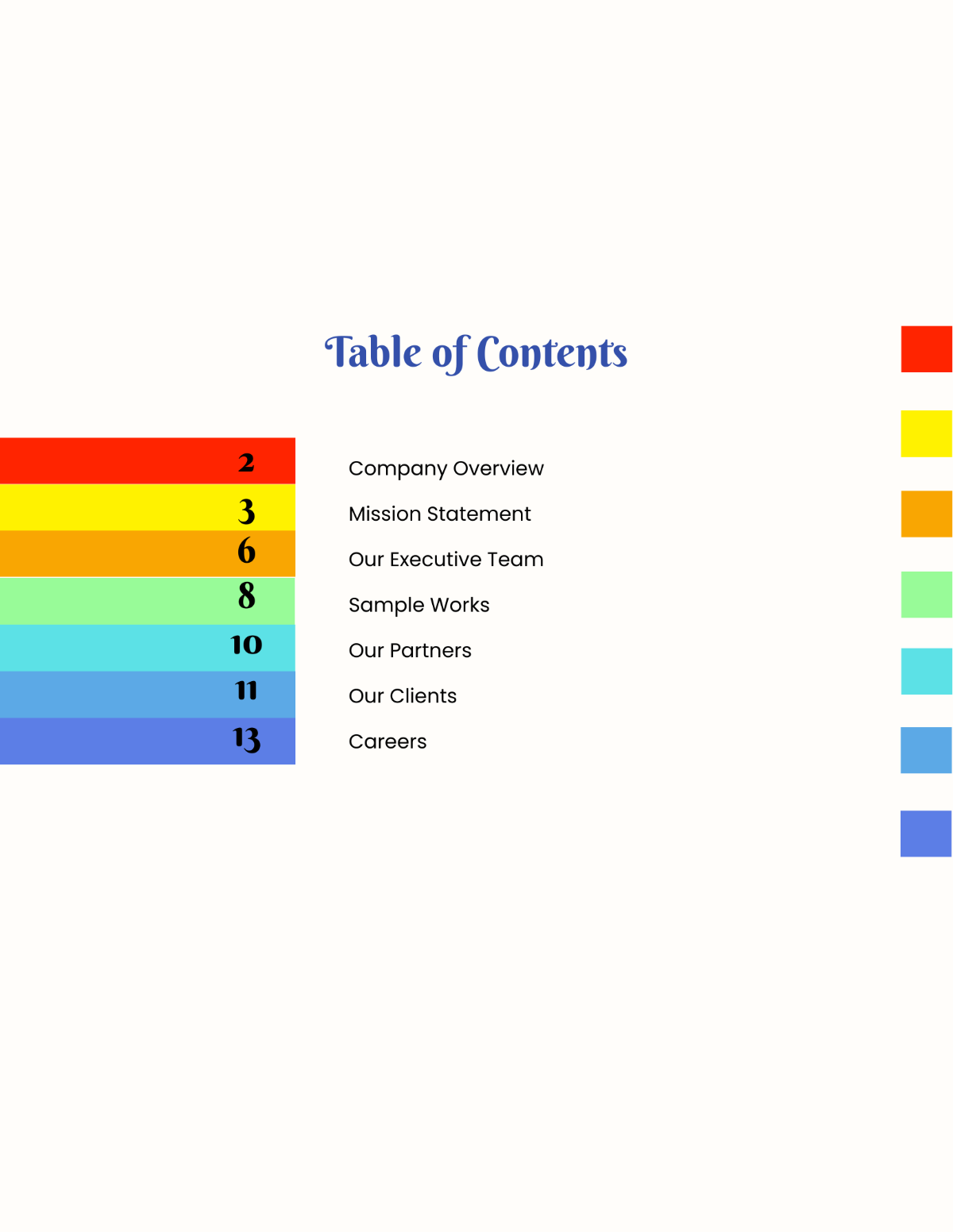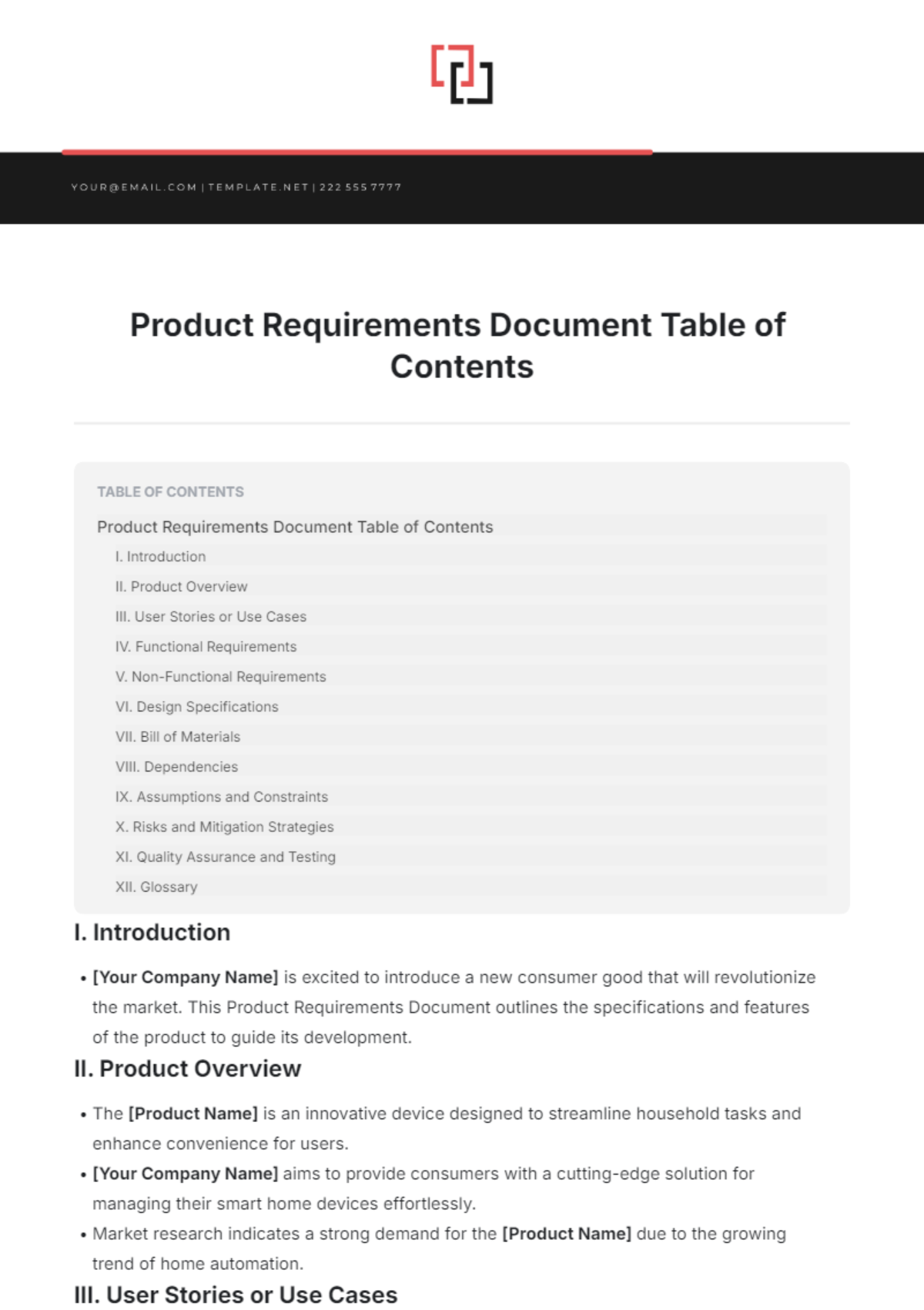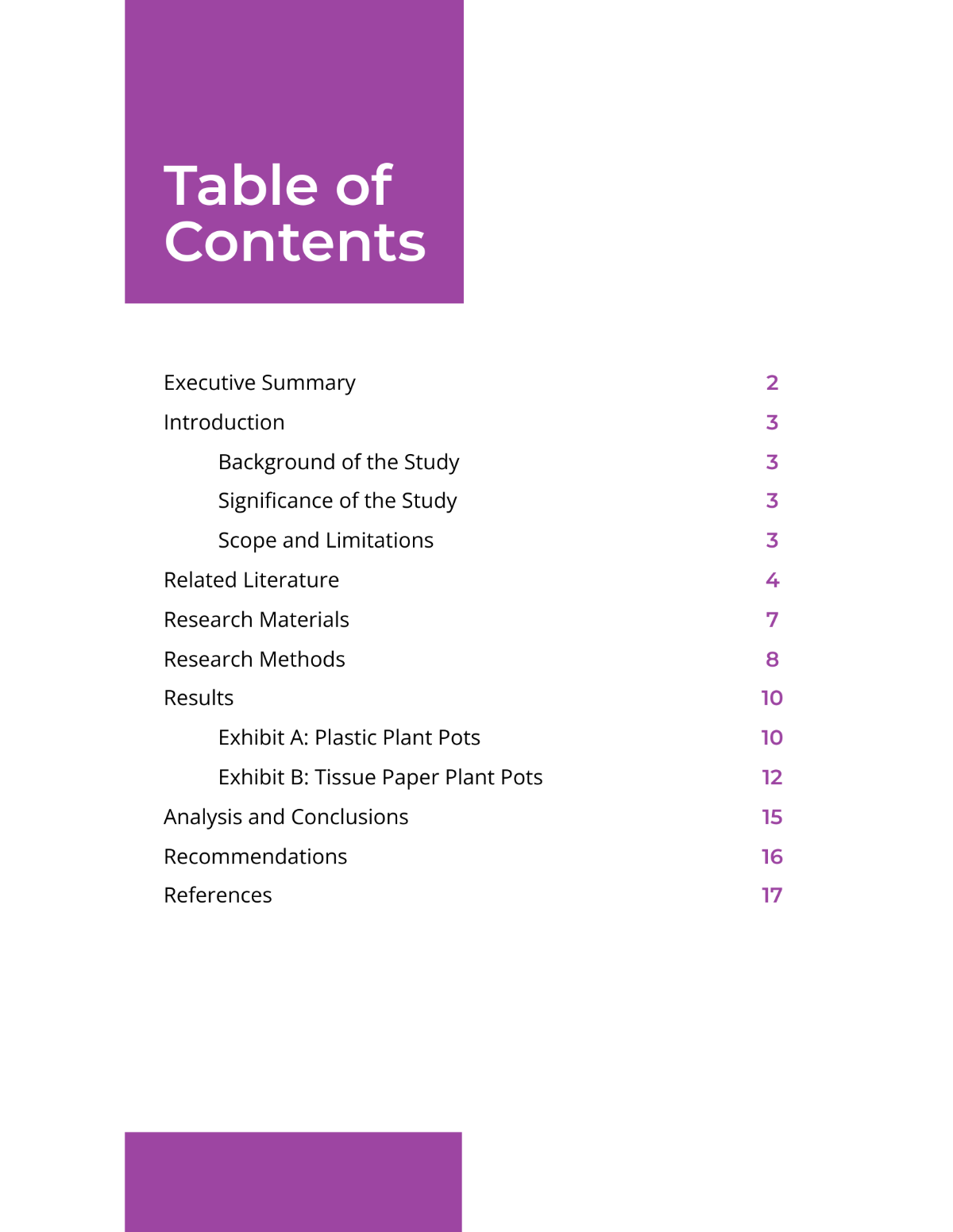Product Requirements Document Table of Contents
I. Introduction
[Your Company Name] is excited to introduce a new consumer good that will revolutionize the market. This Product Requirements Document outlines the specifications and features of the product to guide its development.
II. Product Overview
The [Product Name] is an innovative device designed to streamline household tasks and enhance convenience for users.
[Your Company Name] aims to provide consumers with a cutting-edge solution for managing their smart home devices effortlessly.
Market research indicates a strong demand for the [Product Name] due to the growing trend of home automation.
III. User Stories or Use Cases
As a busy parent, I want to schedule automated tasks such as turning off lights and adjusting the thermostat to simplify my daily routine.
As a tech-savvy homeowner, I want to control all my smart devices through voice commands for hands-free operation.
IV. Functional Requirements
Feature | Description |
|---|---|
Voice Recognition | Product accurately recognizes and responds to voice commands within seconds. |
Task Automation | Users should be able to create customized schedules for automated tasks such as dimming lights at sunset. |
V. Non-Functional Requirements
Requirement | Description |
|---|---|
Performance | The product must respond to user commands with a latency of less than 500 milliseconds to ensure a seamless experience. |
Safety | The device must be equipped with overheating protection to prevent any potential fire hazards. |
Usability | The interface should be intuitive and user-friendly, catering to users of all technical skill levels. |
VI. Design Specifications
Materials: Sleek aluminum casing with matte finish
Color Scheme: Neutral tones to blend with various home decors
Dimensions: 5 inches in height, 3 inches in diameter
VII. Bill of Materials
Component | Quantity | Supplier |
|---|---|---|
Microphone | 1 | [Supplier Name] |
Speaker | 1 | [Supplier Name] |
Control Circuit Board | 1 | [Supplier Name] |
VIII. Dependencies
External Dependencies: Regulatory approvals for wireless communication standards
Internal Dependencies: Collaboration with the software development team for implementing voice recognition algorithms
IX. Assumptions and Constraints
Assumptions
Users will have access to a stable internet connection for device connectivity.
Constraints
Budget constraints may limit the inclusion of advanced features in the initial release.
X. Risks and Mitigation Strategies
Risks
Potential delays in obtaining regulatory approvals could extend the product development timeline.
Competitor launches may impact market penetration.
Mitigation Strategy
Proactively engage with regulatory bodies to expedite approval processes.
XI. Quality Assurance and Testing
Testing Requirements
Comprehensive testing will be conducted to ensure compatibility with various smart home devices.
User acceptance testing will be performed to gather feedback and address any usability issues.
XII. Glossary
Term | Definition |
|---|---|
Voice Recognition | The process of converting spoken words into text or commands. |
Automation | The ability to perform tasks automatically without user intervention. |






